
How Beauty Unicorns Are Made
In the wake of big beauty transactions such as Puig’s reported $1 billion acquisition of Charlotte Tilbury and Shiseido’s $845 million pickup of Drunk Elephant, speculation is rampant in the industry about the brands that might follow in their footsteps.
Many rising indies are showing they could have the power to potentially spark impressive deals. They’ve drawn interest from investors, retailers and consumers—and still have plenty of roadway ahead to achieve growth. Among them are Youth to the People, a superfood skincare staple at Sephora backed by Sandbridge Capital and Hourglass founder Carisa Janes; Function of Beauty, a customization authority that nabbed $150 million from L Catterton and entered Target; and Hero Cosmetics, a specialist in acne patches that recently received a minority infusion from Aria Growth Partners and has a wide reach in brick-and-mortar and e-tail at Amazon, Anthropologie, CVS, Urban Outfitters, Target and Ulta Beauty.
The co-founders of the surging brands—Youth to the People’s Joe Cloyes, Hero Cosmetics’ Ju Rhyu and Function of Beauty’s Zahir Dossa—joined Beauty Independent last Wednesday for an In Conversation webinar episode that covered pivots that have been impactful for their businesses, the importance of building a loyal following and the decision to take on investment.
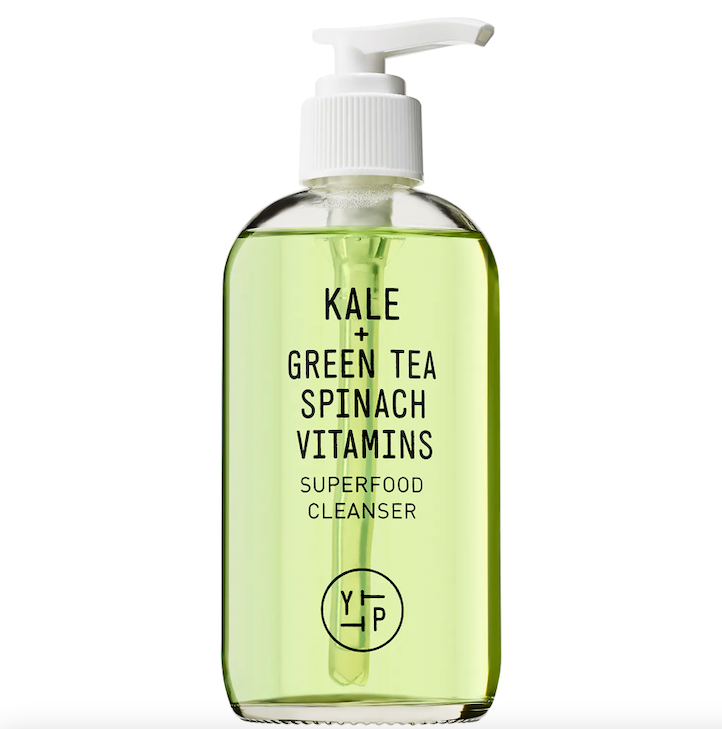
Joe Cloyes, Co-Founder and CEO of Youth to the People
Inspiration: Cloyes grew up in a family entrenched in beauty. His grandparents owned hair salons and, after their divorce, his grandmother Eva Friederichs launched professional skincare line Eva’s Esthetics in 1979. She was also instrumental in developing the curriculum for the California State Board of Cosmetology. While he initially began working in sales and business development for building supplies, his aunts asked Cloyes to help out at a trade show where he realized he knew more about beauty than he thought. An entrepreneurial fire was lit inside of him there and, along with co-founder Greg Gonzalez, he set out to create a unisex superfood beauty brand with clean formulas and sustainable principles infused with his familial values. Youth to the People launched in 2015.
Pivots: Cloyes and Gonzalez were concentrating on direct-to-consumer sales until Sephora reached out to Youth to the People in 2016. At the time, the brand was generating around $500,000 in revenues. The brand’s turnover has doubled each of the last three years. It’s expanded to the United Kingdom and went live on Cult Beauty on April 8. Per a story in Cosmetic Business, Youth to the People was the brand most requested by the online retailer’s customers prior to its debut at it. Youth to the People sells on Amazon as a defensive tactic to monitor and ward off unauthorized resellers. Currently, Cloyes mentioned the brand isn’t looking to break into many additional retail partners.
Key Takeaways: The term “authenticity” may be overused in beauty, but Cloyes maintained it’s key to Youth to the People’s success. “It starts with who we are, how we look at and treat the planet and how we treat people and the changes that we want to make in the world,” he said. “It’s also a big part of who we hire.”
In-store Sephora sales represented a huge chunk of the brand’s business pre-pandemic. Once the pandemic hit, its sales on Sephora’s website and on its own DTC site exploded. “Our merchants were reaching out the first couple of weeks post-lockdown saying, ‘You guys literally recaptured 120% of your lost brick-and mortar-sales. How did you do that?’ recalled Cloyes. He attributed the brand’s success recapturing its physical location sales to it accumulating a large digital-native community, much of which originally connected with it at brick-and-mortar shops. Its Superfood Cleanser is the best-selling facial wash at Sephora, and the skincare brand has struck a chord with skinfluencers such as Hyram Yarbro, who used to work for it.
A week into lockdown, while other brands were cutting back on digital advertising, Youth to the People began surveying cost per action (CPA) marketing, a style of affiliate marketing. Cloyes said, “They dropped from like 40 to 50 to like 12, and our ROAS [return on ad spend] is up over 400%, so we just turned everything way up and more than quadrupled our web sales last year because of it.”
Sephora generates awareness and enables quick growth, but it’s expensive to be in Sephora stores. Youth to the People secured a funding round six month after its Sephora launch and another one at the beginning of 2019 with a little more than $20 million. Cloyes advised entrepreneurs to be cautious about the amount of funding to raise. ‘We didn’t want to dilute ourselves too much,” said Cloyes. He elaborated, “You want enough so you don’t have to raise money again soon because it’s distracting, but to be able to get to a place where you can just be self-sufficient with cash flow.”
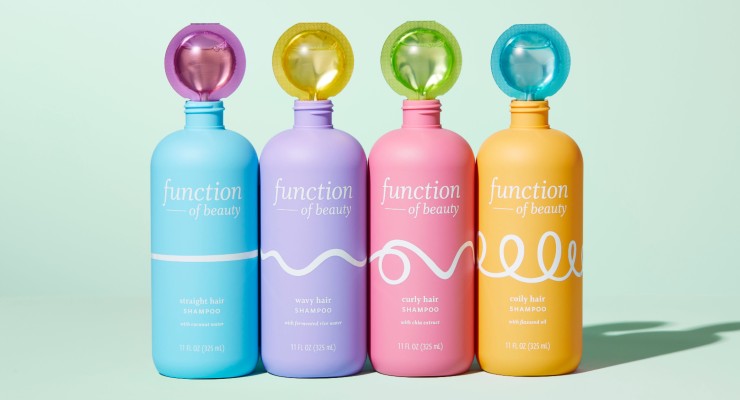
Zahir Dossa, Co-Founder and CEO of Function of Beauty
Inspiration: Dossa, who obtained a PhD from MIT in sustainable development, started personal care company The Argan Tree in 2008 to help support his thesis before penning the book, “Beyond the Triple Bottom Line.” He had been pondering ways to create custom formulas and automate filling custom orders at scale after surveys of The Argan Tree customers revealed they was looking for something different when it came to their personal care and beauty routines. Dossa teamed up with fellow MIT graduate Joshua Maciejewski and chemist Hein Nguyen, and Function of Beauty was born in 2014.
Pivots: Funding and finding the right team are often big hurdles for entrepreneurs. Function of Beauty received assistance on both by being a member of a 2016 cohort at startup accelerator Y Combinator. Instead, getting custom manufacturing down pat proved to be a big hurdle for the brand. “Automated custom manufacturing is insane,” said Dossa. “I don’t think there is a problem we have not had.” Despite its difficulties, customization has a ton of benefits. Dossa said, “The good thing is, if we do mess up, it’s not millions of people, it’s one person, so we can have an earnest conversation and make it right.”
Originally, Function of Beauty chose high-end packaging with an apothecary feel. Later, it revamped its brand identity to feature bright colors that underscore its message of individuality. Function of Beauty switched to 100% recyclable PETE-grade plastic for packaging, too. After the rebrand, Dossa said Function of Beauty notched exponential growth. “It was day and night,” he said. “The day we launched the new branding, we did more [sales] in the next few days than we had done in the entire year up to that point. It literally felt like magic.”
Key Takeaways: Packaging is as important as formulations. “At the end of the day, people buy into the brand, and I absolutely believe the packaging matters,” said Dossa. Function of Beauty puts customers’ names on its bottles, and Dossa said the names elicit an emotional response.
Dossa suggests brand founders pay especially close attention to two metrics: net promoter score (NPS) and reviews. NPS is determined by the number of “attractors” or people recommending a product to a friend on a scale of one to 10 minus the people deterring friends from buying it. Ideally, the output of the two scores should yield a positive number. Between NPS and reviews, Dossa finds reviews more important. Out of approximately 100,000 reviews, Function of Beauty’s shampoos and conditioners have scored an average of 4.7 out of 5.
Function of Beauty’s L Catterton series B funding is integral in supporting the scaling of its operations. The brand inked an agreement to make its retail debut exclusively at Target starting December 2020. Dossa said, “I wouldn’t necessarily raise money at a premium from a particular partner because you just never know how you’re going to work with them. You always have to find that balance between dilution and making sure you have enough capital to keep waging war.”
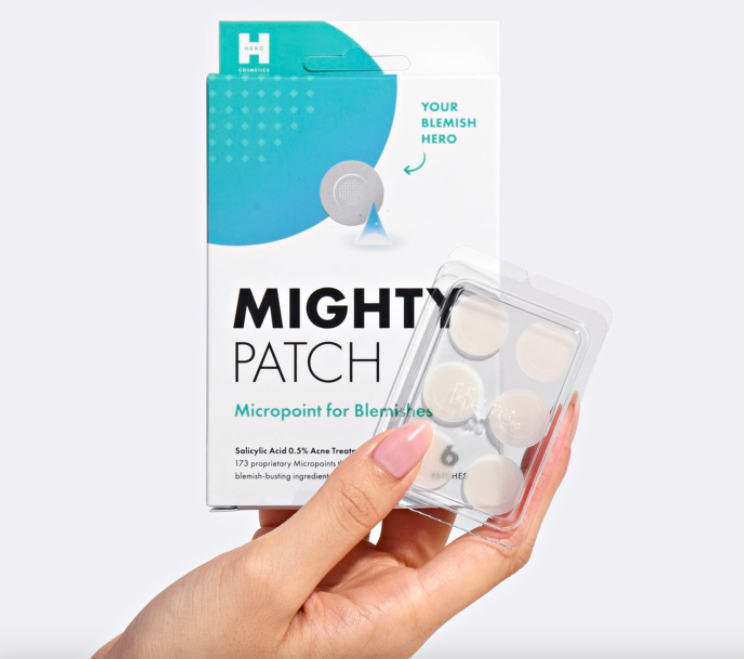
Ju Rhyu, Co-Founder and CEO of Hero Cosmetics
Inspiration: Rhyu previously was employed at some of the world’s largest companies, including Kraft Foods, American Express and Samsung, where she launched new products and executed multichannel marketing campaigns. She was also head of marketing for K-Beauty brand Peach & Lily and run K-Beauty consultancy Inside the Raum. Dealing with an acne outbreak in South Korea, Rhyu discovered acne patches. They worked so well she figured American consumers would be interested in them. With siblings Dwight Lee and Andrew Lee, she launched Hero Cosmetics in 2017 with a single stockkeeping unit, Mighty Patch.
Pivots: Hero Cosmetics bootstrapped for its first three years on the market. At the beginning, managing cash flow was a preoccupation. It can take six months for a retailer to process and pay for purchase orders. Initially, a face mask was going to be Hero Cosmetics’ second product, but Rhyu changed course on the advice of an investor and mentor, and opted to deepen the brand’s bench in patches instead. Rhyu recounted, “She said, ‘You should dominate patches. Do patches in every shape, size, for every need. That’s what you should be known for.’…That’s what we did, and it was the right decision.”
Key Takeaways: The pandemic-stoked demand for “maskne” products was advantageous for Hero Cosmetics. Because the brand was readily available online and offline, it was able to satisfy the demand. Customers who came to the brand to handle “maskne”—and regular acne—returned to it. “The product category continues to resonate with people,” said Rhyu. She continued, “I knew my own frustrations with acne products, and I knew it could work for other people, so a lot of our product innovation comes from our collective experience.”
From the outset, Rhyu planned for Hero Cosmetics to pursue an omnichannel distribution strategy. Unlike many brands that head into traditional retail outlets initially, it started on Amazon before landing at brick-and-mortar locations and fleshing out a DTC site. “We want people to buy our products wherever they want to buy them,” said Rhyu. Having a line of credit helped the brand push through tough cash-flow moments prior to its minority investment from Aria Growth Partners.
Currently, Hero Cosmetics is filling out its leadership ranks by hiring a VP of sales and a VP of marketing. “One of our values is ‘we’ not ‘me,'” said Rhyu. “So, we look for people who think about our customers, about the team and, then, who can really take what we’re doing and from day one add value.”
Feature photo image credit: SeeYa

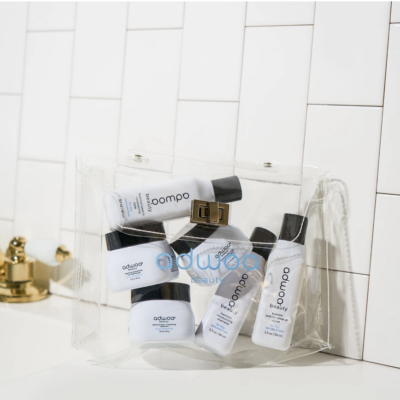
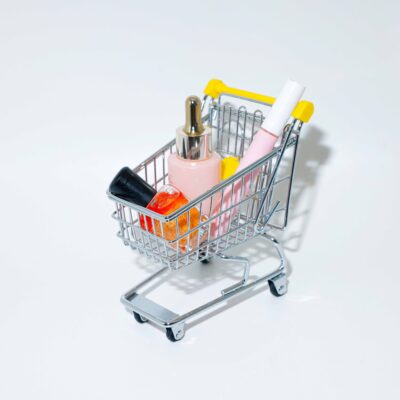


Leave a Reply
You must be logged in to post a comment.